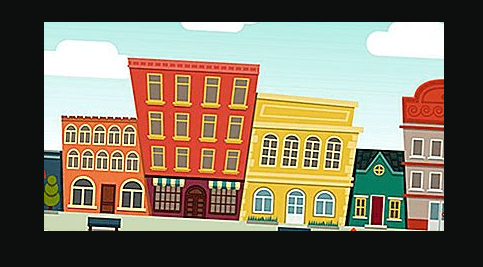What Is The Difference Between A City And A Town?
Although often confused to mean the same thing, a city and a town are in fact different. A common assumption is that cities are larger than Towns, but this is not entirely true, as definitions vary from place to place. To begin with, a city is a place where people have settled and is larger than a village, but smaller than a city in different entities. On the other hand, a city is generally an extensive human settlement with an advanced system of transportation, communications, sanitation, and housing, among others.

Different countries in the world have different demographics and geographic definitions for cities. In Sweden and Denmark, a settlement of more than 200 people constitutes a city, while Australia and Canada have set a minimum number of 1,000 people to found a city. This figure varies in France and Israel, which have set a minimum number of 2,000 people to make a city. In the US and Mexico, a city should have at least 2,500 people, compared to Japan, where cities should have at least 30,000 people.
Legal definition
City: a city is a legally defined entity with a structured governance system and has delegated powers to oversee local legislation and the management of resources. Citizens of a city are responsible for electing representatives who form the local government that provides local services.
City: cities are generally places with unincorporated communities that do not have a structured government system, but receive services from the other levels of government. However, in some countries, governments allow cities to have limited powers.
Demographics and geography
City: looking at contemporary cities, a pattern of high population density emerges with residents of different ethnicities over a larger geographic location. Cities have a diverse population of different religions, races and other languages. With a larger population, cities often occupy a larger geographic location and have a higher population density with more social services. Cities are more permanent and can be rebuilt even after destruction by war or natural disasters.
City: cities, on the other hand, may share some geographical and demographic similarities with cities, but in smaller formats. They are generally less densely populated than cities and have less diversity in terms of ethnicity of people. Cities also have smaller geographic areas.
Economy
City: cities have larger economies than cities. Due to the population providing labor and purchasing power, companies prefer to establish a base in it with the added benefit of government facilities. Multinational corporations and other international bodies prefer to locate in the cities, stimulating the city’s economy. The development of cities usually follows a specific development plan to ensure effective service to the citizens. Finally, cities tend to grow and merge with neighboring cities or towns.
City: cities have smaller economies that are usually driven by local small and medium-sized enterprises. They do not have large employers, and money circulation is not as active as in cities. Cities usually do not grow together with other cities except in rare cases and although they have plans, these plans are not as advanced as in the case of cities. In general, cities have the ability to grow into cities.

